1904 DE DION BOUTON 6hp MODEL Y TWO SEATER Registration No. AH 1893 Chassis No. 238 Engine No. 16854 Green with black leather upholstery Engine: Single cylinder water-cooled, 90mm x 110mm bore & stroke (700cc). Automatic inlet valve, non original carburettor and magneto ignition. Transmission: 3-speed & reverse gearbox with expanding clutches, integral final drive, De Dion rear axle. Chassis: tubular steel, front semi-elliptic springs, rear three-quarter elliptic, internal expanding brakes on rear wheels and transmission. Right hand drive. When Count Albert De Dion began making motor vehicles in the 1880s he had clear objectives in mind: he wanted to produce cars that were simple and reliable, with adequate performance, and inexpensive. Although making some fine steam-powered vehicles, the firm of De Dion Bouton et Trepardoux could not really meet the Count's objectives. However, once Georges Bouton developed a high-speed internal combustion in 1895 the seed was sown that would rapidly grow to satisfy that which De Dion wanted. First came the motor tricycles that were mass produced in their thousands and then a four-wheeled car, the famous and much copied vis-á-vis that initially appeared in 1899. This embodied all the essential De Dion Bouton principles that so well served the firm and its customers for many years to come. The only major change was to be the moving of the engine from a rear location to under a front bonnet in 1902. Enduring features were the high-speed water-cooled engine with reliable electric ignition, an efficient carburettor and simple but effective lubrication. Spurning the use of a sliding gearbox (or any form of belt or chain drive) Bouton developed a transmission system whereby each gear had its own individual expanding clutch that ensured smooth and near silent gear changes when a lever next to the steering column was pulled back or pushed forwards. The gearbox was firmly bolted to the tubular chassis and final drive was via a De Dion back axle (actually developed by Bouton's brother-in-law Charles Trepardoux back in the steam carriage days) whereby the rear wheels were carried on a dead axle beam and the drive went through live universally-jointed half shafts. Whilst not fast cars, early De Dion Boutons are lively, and light and easy to drive once their individualistic controls have been mastered. They not only sold in significant numbers for their day (over 2000 in 1902) but their high survival rate is a tribute to the soundness and quality of the products of this pioneering firm, the foresight of Count De Dion and the engineering talent of Georges Bouton. This car is a typical product of the French firm, ideally tailored to the British market of the time. The Y-type was for many years thought to be a 1905 model but it has now been conclusively established that the De Dion Bouton that the intrepid pioneer lady motorist Dorothy Levitt drove in the Small Car Trials organised by the Automobile Club of Great Britain & Ireland that took place in Herefordshire during August-September 1904 was a Model Y. Other Y-types are known to have been imported into the UK before the end of 1904. The early history of this car is not known, but it was recorded in a pre World War II Veteran Car Club list, details of which were destroyed during the conflict. It came to public knowledge when it was included in the Absalom Sale in November 1992. This was the dispersal of a huge collection of pre-1940 agricultural machinery, stationary engines, tractors and cars that had been assembled by the Absalom brothers, Philip and Fred, at their farm in north Hampshire in the period c1945 to c1960. Fred Absalom had bought the De Dion Bouton in 1953 from a Mr Dartley of London for the fair sum for its day of £42 and 10 shillings. In a letter from Hartley to Fred Absalom quoted in the 1992 sale catalogue the former wrote: 'I hope you will be pleased with the car, it was in perfect running order when I laid it up in 1938. The wh
1904 DE DION BOUTON 6hp MODEL Y TWO SEATER Registration No. AH 1893 Chassis No. 238 Engine No. 16854 Green with black leather upholstery Engine: Single cylinder water-cooled, 90mm x 110mm bore & stroke (700cc). Automatic inlet valve, non original carburettor and magneto ignition. Transmission: 3-speed & reverse gearbox with expanding clutches, integral final drive, De Dion rear axle. Chassis: tubular steel, front semi-elliptic springs, rear three-quarter elliptic, internal expanding brakes on rear wheels and transmission. Right hand drive. When Count Albert De Dion began making motor vehicles in the 1880s he had clear objectives in mind: he wanted to produce cars that were simple and reliable, with adequate performance, and inexpensive. Although making some fine steam-powered vehicles, the firm of De Dion Bouton et Trepardoux could not really meet the Count's objectives. However, once Georges Bouton developed a high-speed internal combustion in 1895 the seed was sown that would rapidly grow to satisfy that which De Dion wanted. First came the motor tricycles that were mass produced in their thousands and then a four-wheeled car, the famous and much copied vis-á-vis that initially appeared in 1899. This embodied all the essential De Dion Bouton principles that so well served the firm and its customers for many years to come. The only major change was to be the moving of the engine from a rear location to under a front bonnet in 1902. Enduring features were the high-speed water-cooled engine with reliable electric ignition, an efficient carburettor and simple but effective lubrication. Spurning the use of a sliding gearbox (or any form of belt or chain drive) Bouton developed a transmission system whereby each gear had its own individual expanding clutch that ensured smooth and near silent gear changes when a lever next to the steering column was pulled back or pushed forwards. The gearbox was firmly bolted to the tubular chassis and final drive was via a De Dion back axle (actually developed by Bouton's brother-in-law Charles Trepardoux back in the steam carriage days) whereby the rear wheels were carried on a dead axle beam and the drive went through live universally-jointed half shafts. Whilst not fast cars, early De Dion Boutons are lively, and light and easy to drive once their individualistic controls have been mastered. They not only sold in significant numbers for their day (over 2000 in 1902) but their high survival rate is a tribute to the soundness and quality of the products of this pioneering firm, the foresight of Count De Dion and the engineering talent of Georges Bouton. This car is a typical product of the French firm, ideally tailored to the British market of the time. The Y-type was for many years thought to be a 1905 model but it has now been conclusively established that the De Dion Bouton that the intrepid pioneer lady motorist Dorothy Levitt drove in the Small Car Trials organised by the Automobile Club of Great Britain & Ireland that took place in Herefordshire during August-September 1904 was a Model Y. Other Y-types are known to have been imported into the UK before the end of 1904. The early history of this car is not known, but it was recorded in a pre World War II Veteran Car Club list, details of which were destroyed during the conflict. It came to public knowledge when it was included in the Absalom Sale in November 1992. This was the dispersal of a huge collection of pre-1940 agricultural machinery, stationary engines, tractors and cars that had been assembled by the Absalom brothers, Philip and Fred, at their farm in north Hampshire in the period c1945 to c1960. Fred Absalom had bought the De Dion Bouton in 1953 from a Mr Dartley of London for the fair sum for its day of £42 and 10 shillings. In a letter from Hartley to Fred Absalom quoted in the 1992 sale catalogue the former wrote: 'I hope you will be pleased with the car, it was in perfect running order when I laid it up in 1938. The wh
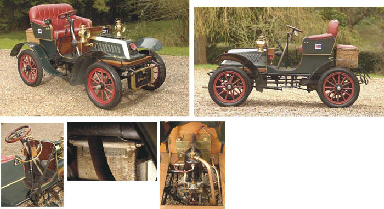

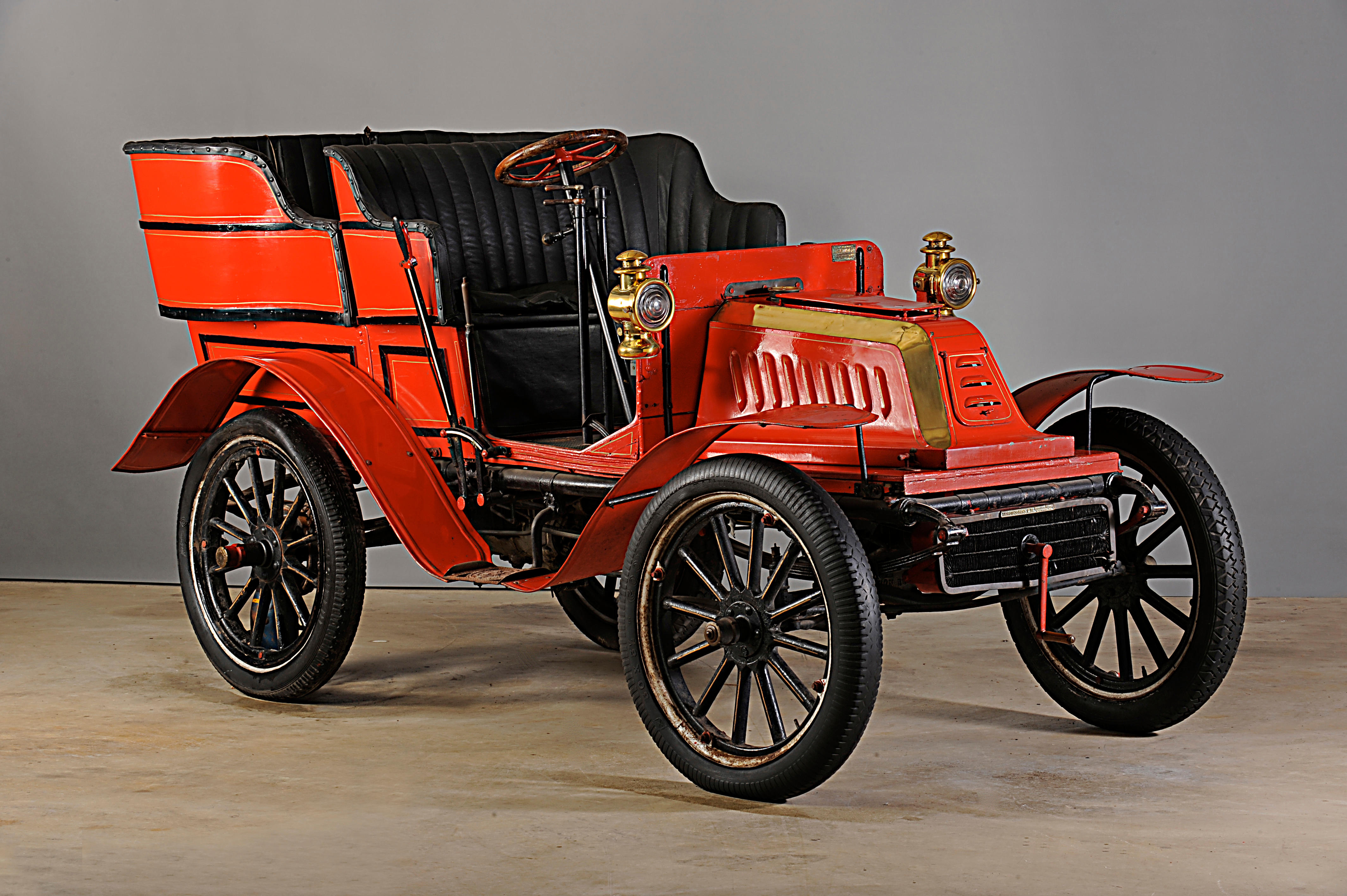
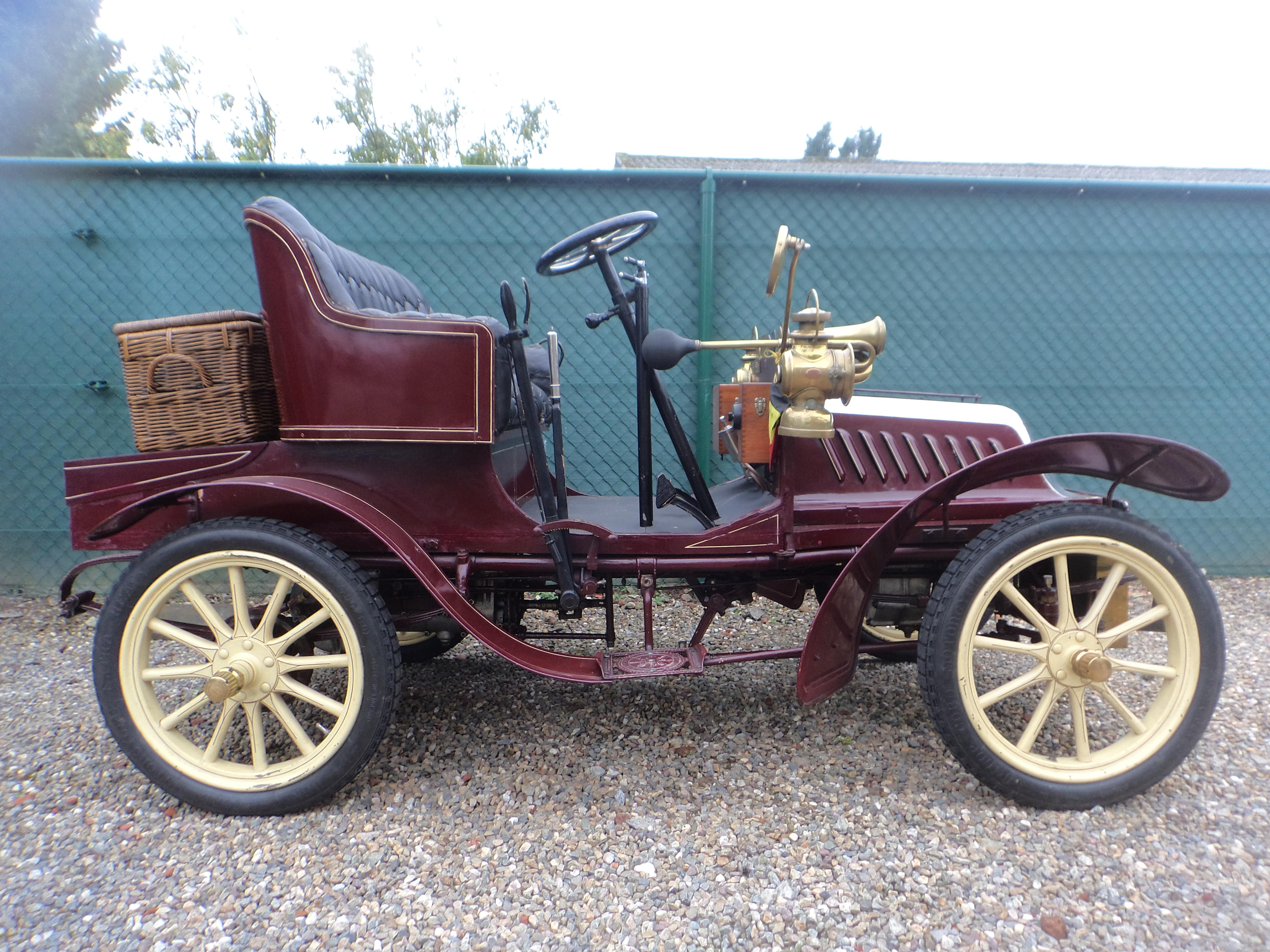
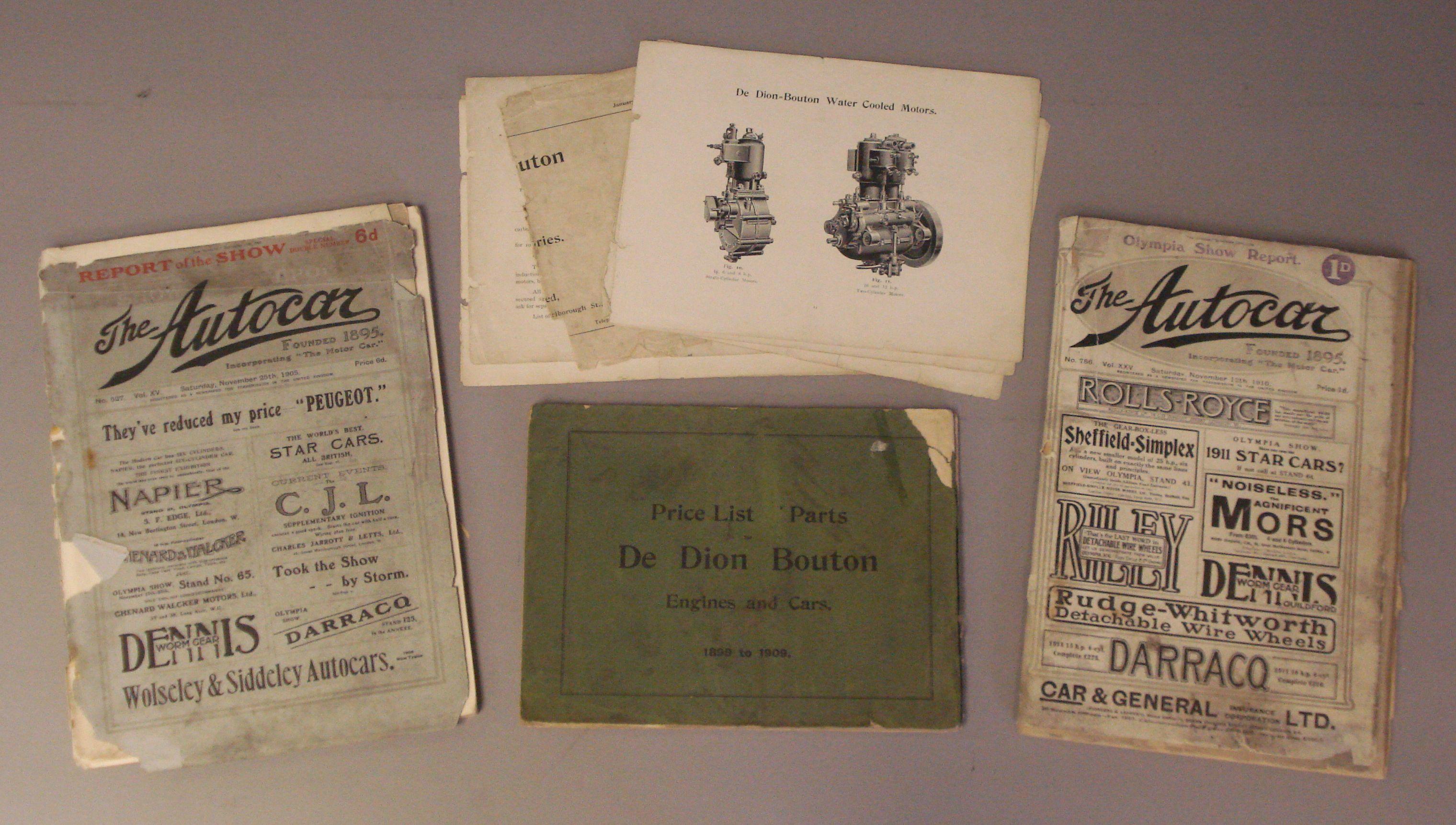

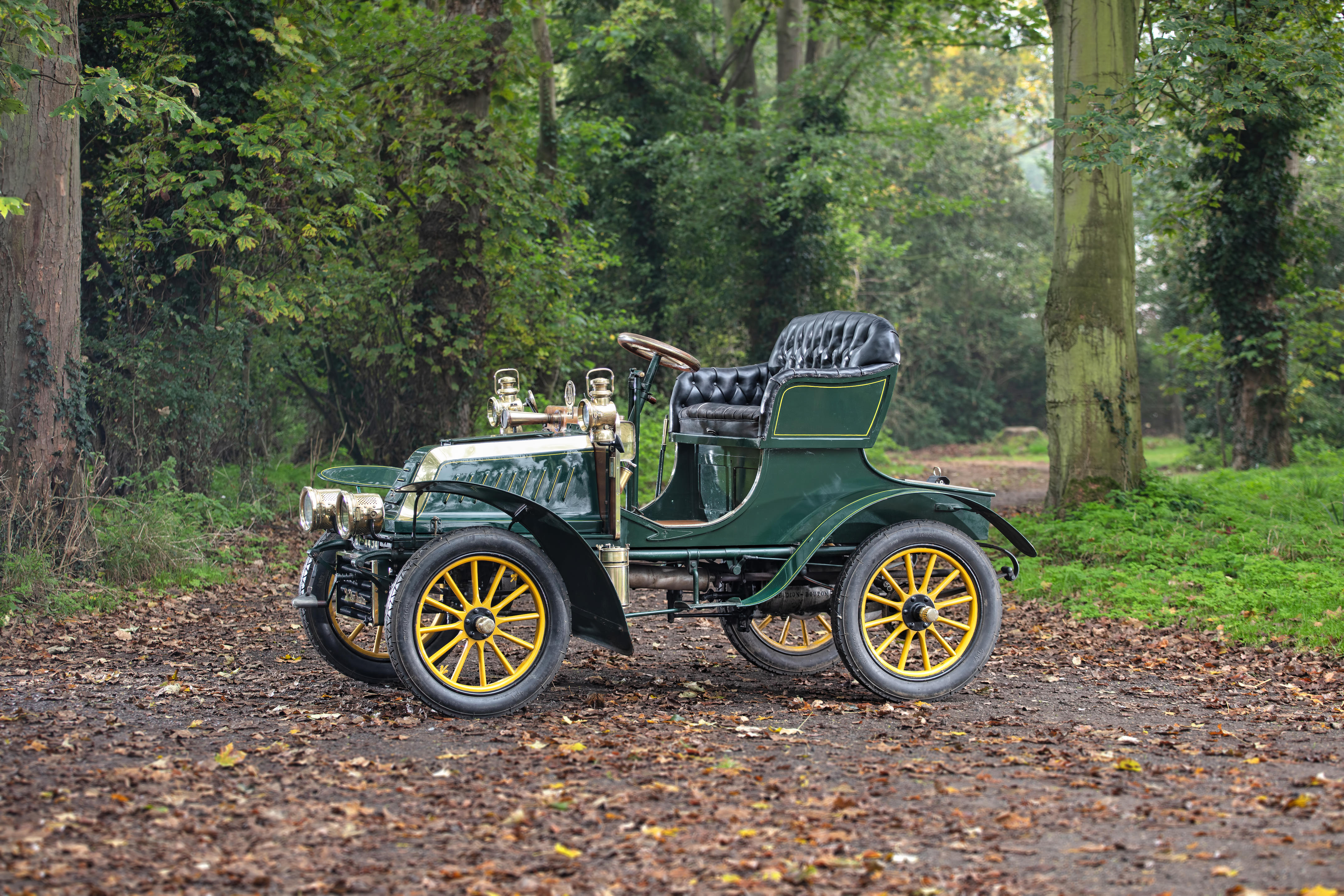

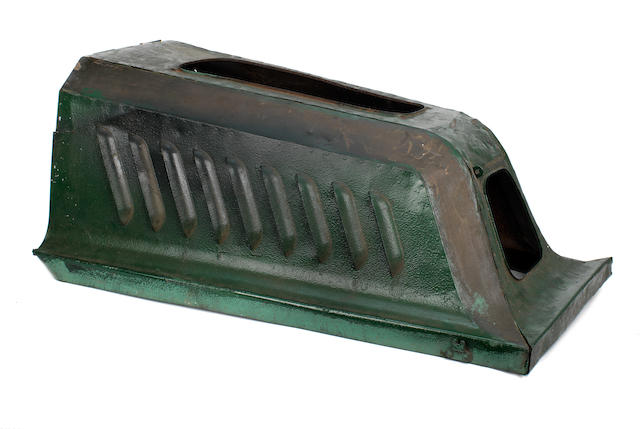
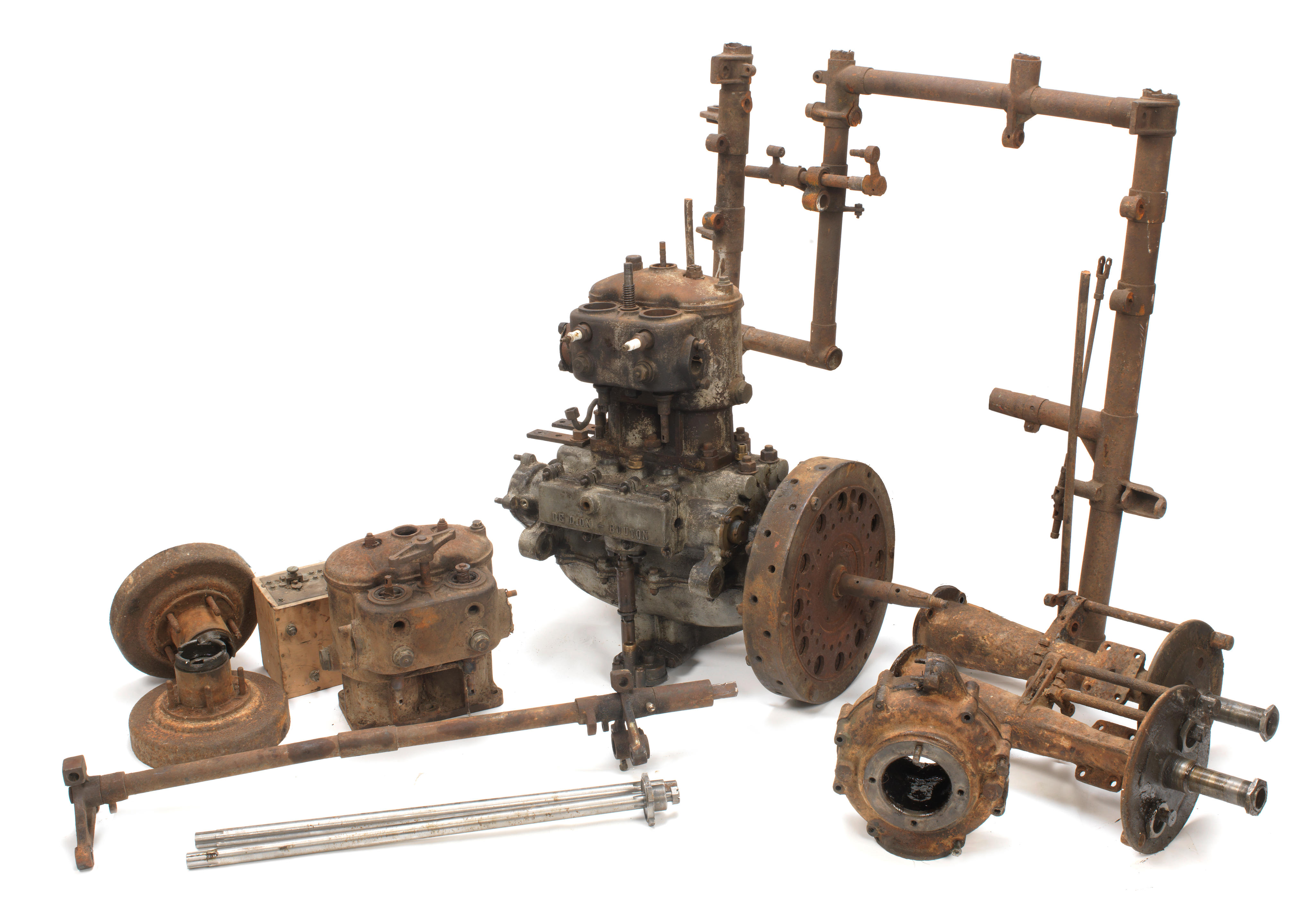

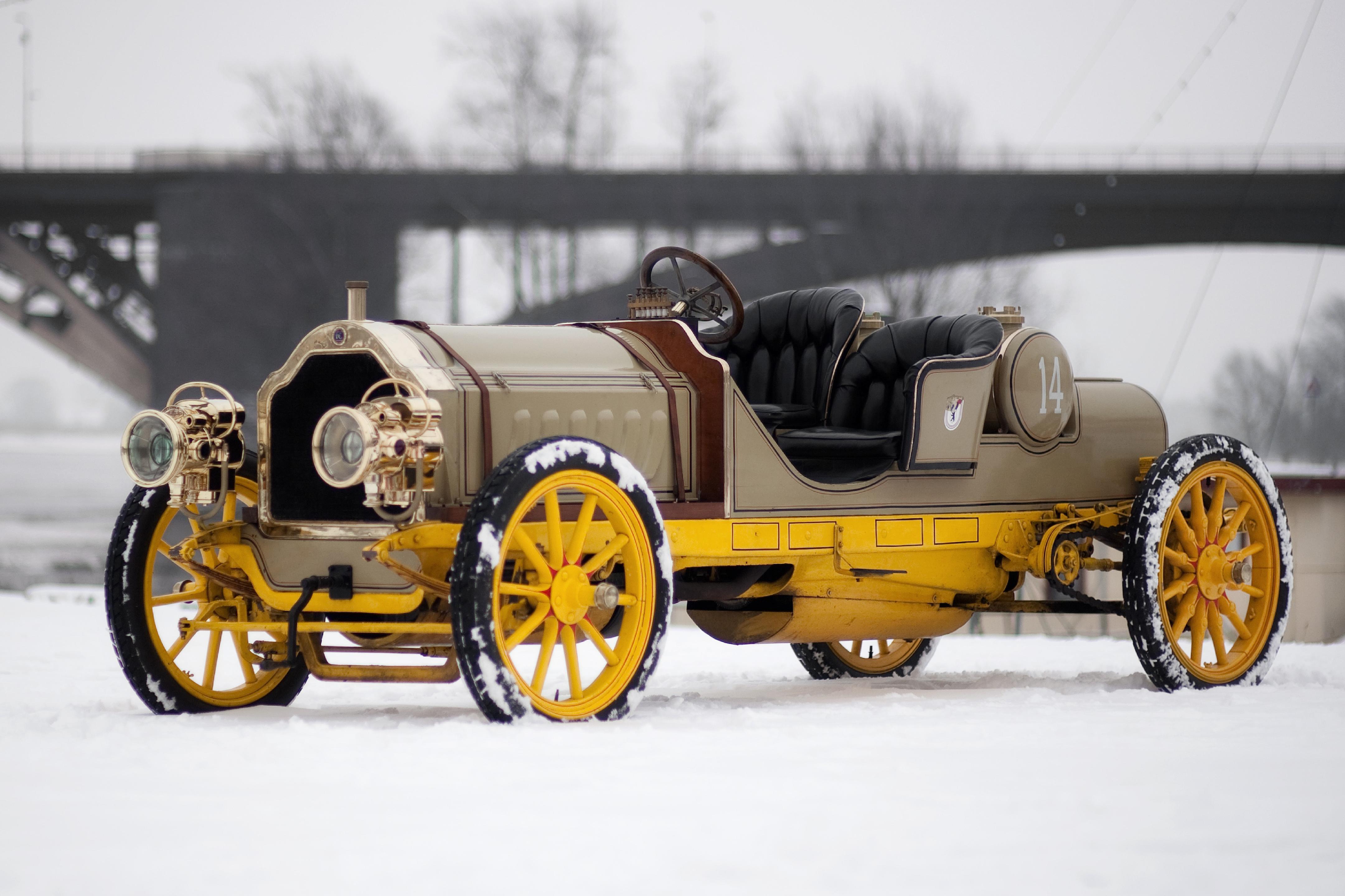


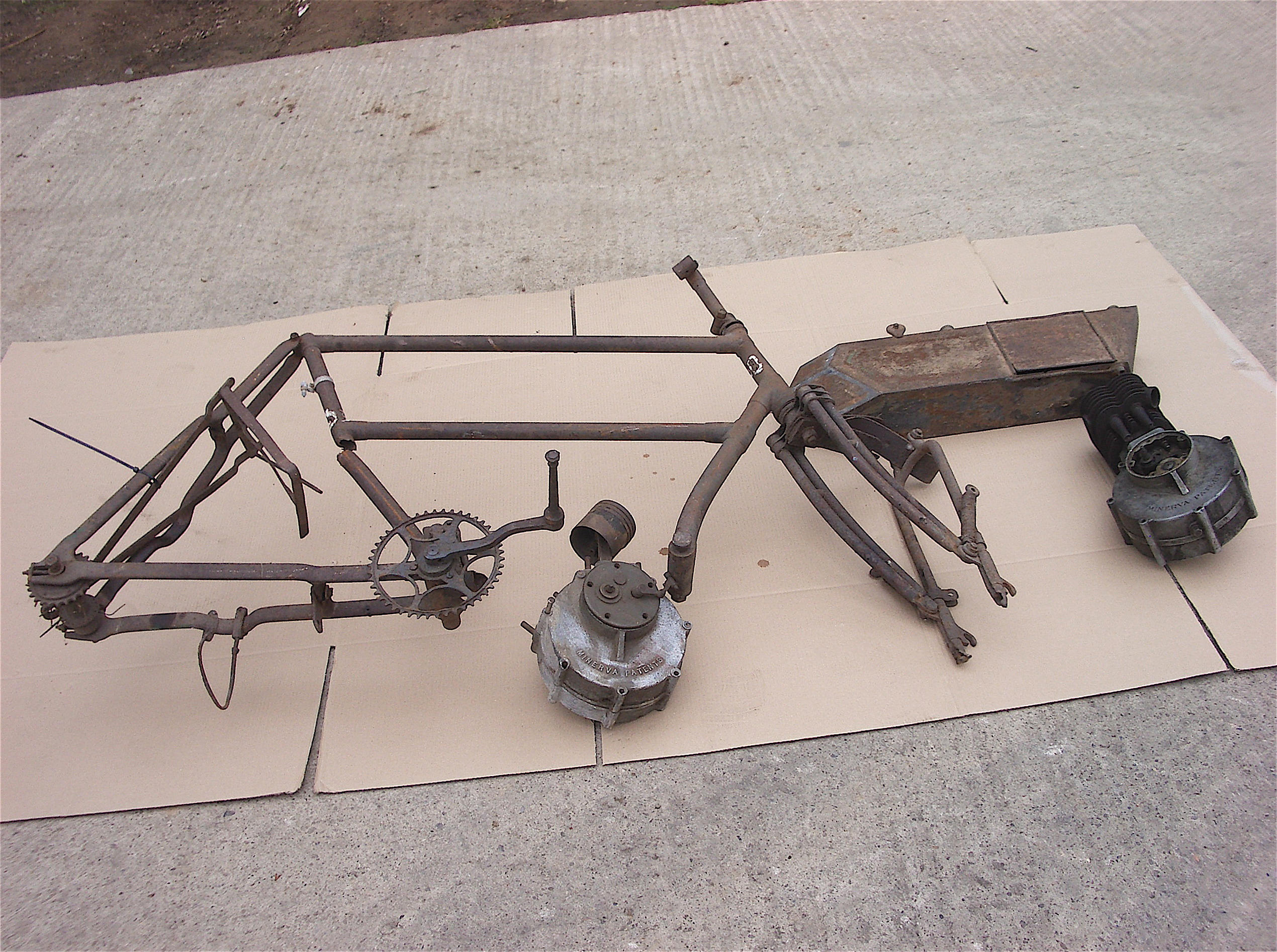
Testen Sie LotSearch und seine Premium-Features 7 Tage - ohne Kosten!
Lassen Sie sich automatisch über neue Objekte in kommenden Auktionen benachrichtigen.
Suchauftrag anlegen